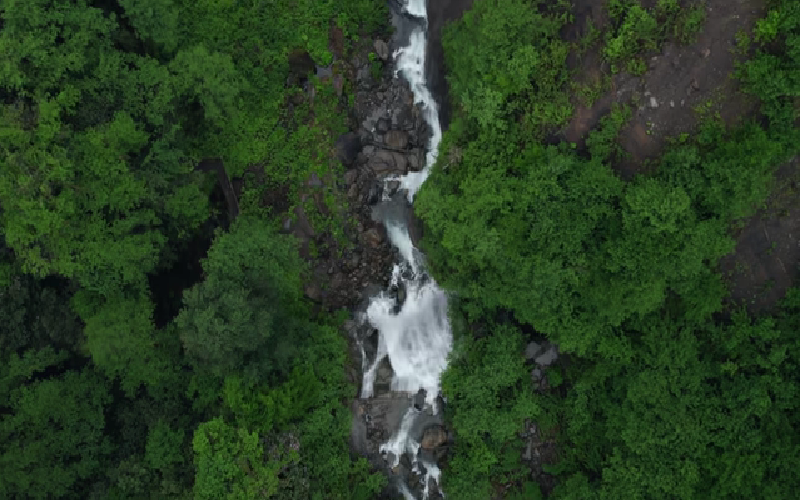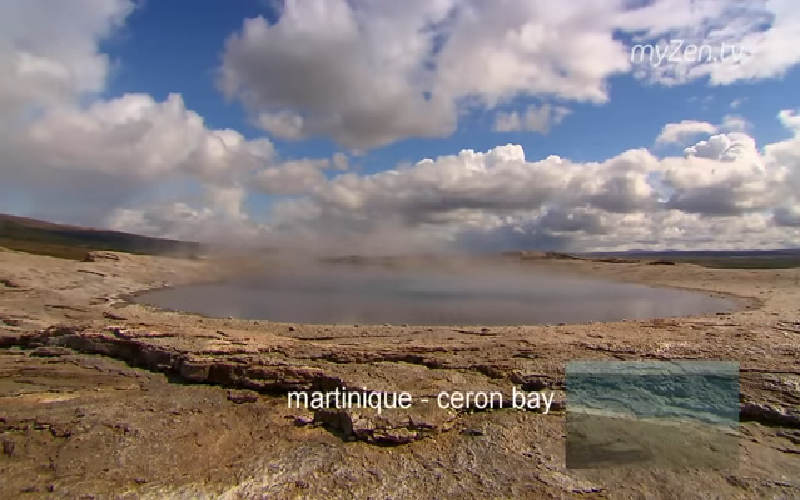
Good afternoon dear friends. We continue to reveal the secrets of the treasures of the world, and today we will go to the deep, deep past. Archaeologists are convinced that the mythical mines of King Solomon are located in the desert in southern Jordan, not far from the Dead Sea.
A carbon analysis conducted by scientists led by American Thomas Levy from the University of San Diego showed that copper was mined here during the reign of King Solomon, CNN reports.
King Solomon is mentioned in the Old Testament as a wise ruler who owned unusually rich gold mines and built the first temple in Jerusalem.
This story became world famous in 1885, when Henry Rider Haggard’s bestseller King Solomon’s Mines of the same name was published in the UK. In the book, characters find diamonds, gold, and ivory in the mines.
Several films were made based on the book, the most famous of which are versions starring Patrick Swayze, as well as Richard Chamberlain and Sharon Stone.
However, the location of the jewels of the biblical king has not yet been discovered. Some scientists even doubt their existence.
Levy notes that during his work, on the one hand, he had to analyze scientific data, and on the other, check with ancient texts.
“We can’t believe everything the old texts tell us,” Levy says. But the study was a combination of archaeological and scientific evidence and the Bible, he added.
A newly translated Hebrew text is likely to help clarify where the treasures of King Solomon’s temple are located – religious artifacts, golden musical instruments, jewels from the Garden of Eden and the legendary Ark of the Covenant.
However, the text does not indicate the exact location of the ark – according to the translation, the treasure is kept in an inaccessible place and “will not be shown until the day of the coming of the Messiah, the son of David.”
King Solomon’s Temple, known as the First Temple, was sacked and burned by the Babylonian king Nebuchadnezzar II in the 6th century BC. The ark, according to legend, was placed in Solomon’s temple along with other treasures. It contained the stone Tablets of the Covenant with the Ten Commandments, as well as a jug of manna and Aaron’s scepter.
“A newly translated text claims that the treasures were hidden by many Levites and prophets,” said James Davila, a professor at the University of St. Andrews. “Some of these treasures were hidden in various parts of the Land of Israel and Babylon.”
The treatise is somewhat similar to the Copper Scroll, one of the Qumran manuscripts found in a cave near Qumran, on the western coast of the Dead Sea. This scroll also mentions hidden treasures, but not from Solomon’s temple.
The treatise figuratively describes extraordinary treasures. One section mentions “seventy-seven golden tablets from the walls of the Garden of Eden, opened to Solomon, and they shine like the radiance of the sun and moon.” It also speaks of “forty-six stones, the same amount of pearls, twelve thousand talents of gold and precious garments.”
This treatise is an excerpt from Emek Halacha, published in Amsterdam in 1648. In 1876, the scholar Adolf Jelinek published another copy of the text, almost identical to the 1648 version. Dávila was the first to translate the entire text into English.
It seems that the author of the original text did not even try to point out the actual location of the hidden treasures of Solomon, but wrote a work of art based on various legendary stories. So the treatise is not a search instruction, but an entertaining fiction of the time.
According to Davila, the author mixed up different legends without worrying about their authenticity – in the prologue, for example, it says that a certain Shimur Levitt and his comrades hid the treasures, and then the text mentions the angels who took the jewelry.
In general, the mystery remains a mystery, and it is not known how soon it will be solved. If, of course, it happens at all. Do you think the legendary Mines of King Solomon exist?


